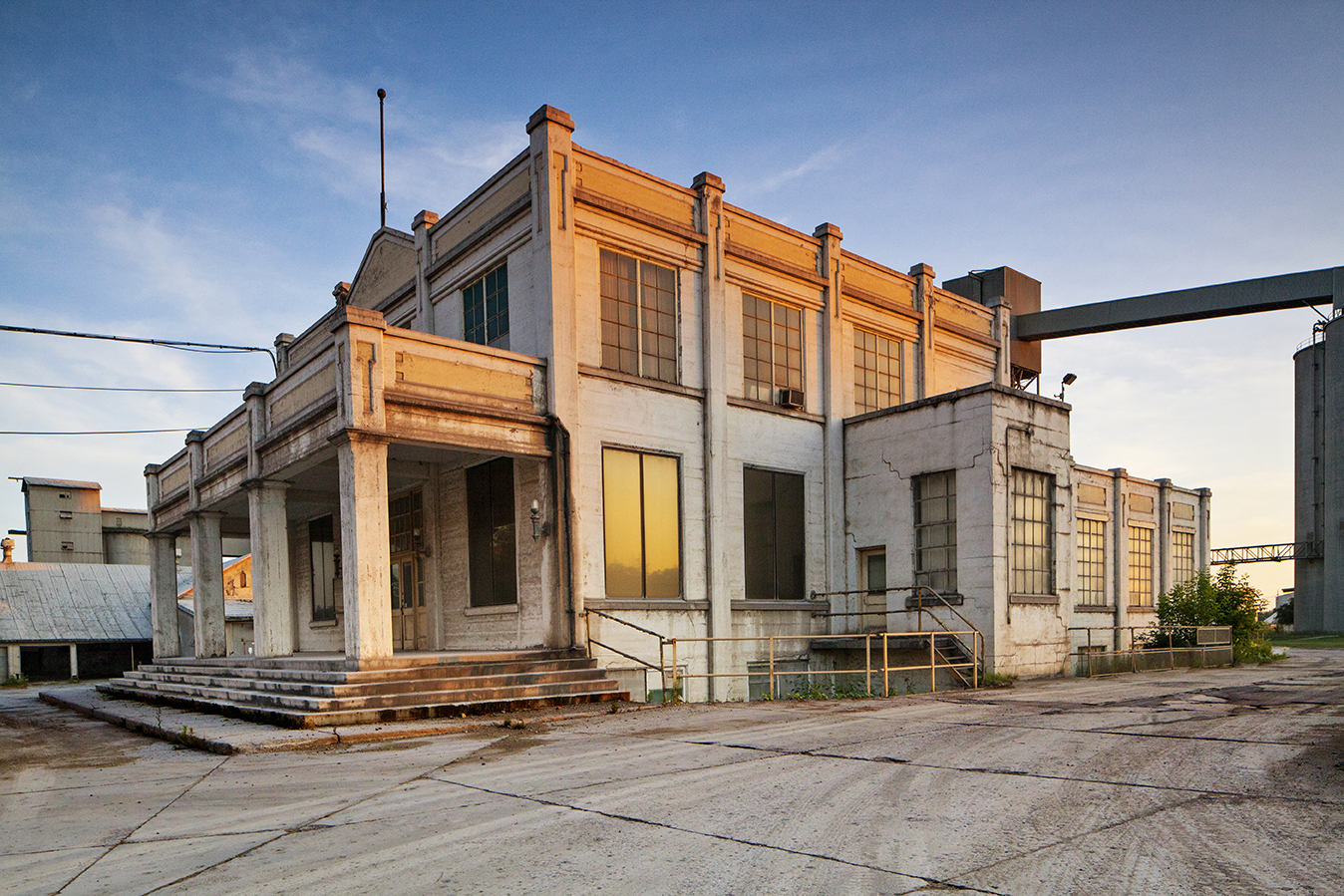
In the early 1900s, few people believed that the Canadian cement industry had much of a future. It was populated by many small, under-financed companies offering products of varying quality. Alfred S. Rogers and John G. Lind were among the entrepreneurial few determined to create a successful Canadian cement company with a top-quality product. Together, they founded what has since become St. Marys Cement Corporation.
Portland cement, which is typically derived from limestone, launched St. Marys Cement and has been the mainstay of its growth for 75 years. During that time, it has also become, quite literally, the foundation for much of North America’s urbanization. No skyscraper, subway system, or highway could have been built without it. In Canada and the United States, concrete produced by St. Marys companies has been used in thousands of commercial and residential buildings and is the primary component of landmark structures such as the CN Tower, Roy Thomson Hall, the National Arts Centre, the Museum of Man, the Darlington Nuclear Plant, Rowes Wharf in Boston, and the Hyatt Regency Hotel in Greenwich, Connecticut.
The Early Years
John G. Lind was born in Pond Mills, Ontario, a small farming community near London. He left his parents’ farm in his early twenties to join the Klondike Gold Rush of the 1890s. By 1903, he was financially independent and, still young and ambitious, acquired an interest in the Grey & Bruce Cement Company, one of several struggling cement companies near Owen Sound, Ontario.
The sales agent for Grey & Bruce was Alfred S. Rogers, a Toronto entrepreneur who owned several companies, including a fuel supply firm that also sold cement. Rogers joined forces with Lind around 1910, when competition from other cement companies demanded substantial investment in modernization.
One year later, Rogers and Lind led a group of investors to form a new company on a 500-acre site in the limestone-rich region near St. Marys, Ontario. They named the company St. Marys Portland Cement Company Limited. The plant, which cost $250,000, began production in November 1912, employing 90 people. It featured two 165-foot rotary kilns with an initial capacity of 180 tonnes per day. The product, branded as “Pyramid Brand” Portland Cement, sold for $9 per tonne. It was an immediate success, and the company prospered.
Rapid Growth
It took another generation before city planners, engineers, and architects recognized that cement—in concrete, blocks, and bricks—was a building material with far more applications than they had ever imagined. It proved to be fire-resistant, strong enough to withstand harsh climates, and offered a tremendous range of aesthetic possibilities. Until these discoveries, cement products were used almost exclusively to build bridges, abutments, culverts, and railroad tunnels.
By 1938, the production capacity of St. Marys Cement had tripled, and following World War II, the plant was completely modernized to meet the higher demand created by the post-war construction boom. By 1966, its annual capacity stood at 675,000 tonnes, and in 1969, St. Marys opened another plant in Bowmanville, Ontario, 35 miles east of Toronto on the shore of Lake Ontario.
An important step in the company’s growth was the formation of Canada Building Materials Ltd. (CBM) in 1930, when five building supply companies amalgamated. Over the years, CBM expanded its operations by acquiring or building new ready-mix plants and establishing new companies dealing in building supplies, precast products, calcite brick, and blocks.
By 1980, capacity at the St. Marys plant had risen to nearly 800,000 tonnes annually, while capacity at Bowmanville reached 650,000 tonnes. Acquisitions in the United States began in 1978 with the purchase of a grinding plant and storage facility in Wyandotte, Michigan. This was followed in 1982 by the acquisition of grinding and storage facilities in Milwaukee, Wisconsin, and distribution terminals in Green Bay, Wisconsin, and Waukegan, Illinois.
Later acquisitions further solidified the company’s position in the Great Lakes market. In 1984, St. Marys expanded its operations considerably with the purchase of the Peerless Cement Company in Detroit, strengthening its market position on both sides of the border.
Today
If they could see it today, Alfred S. Rogers and John G. Lind would certainly be proud of the company they created, but perhaps a little shocked at the cost of doing business. A new state-of-the-art cement plant costs roughly $200 million—1,000 times what they originally paid. The company also owns a transportation fleet that includes over 400 ready-mix trucks, 150 tractors, 300 trailers and vans, as well as an 8,000-tonne bulk cement barge that operates on the Great Lakes between the plants and three regional terminals.